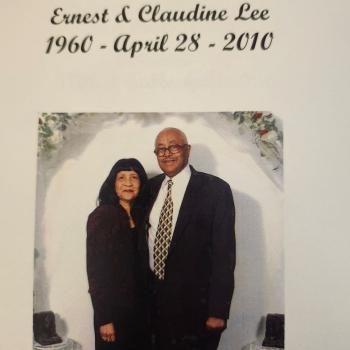This highlights yet another difference between the traditions of Wicca that readily absorbed military and ceremonial fears regarding invasion and contagion; but those traditions more redolent of archaic shamanism draw upon older forms that do not generally advocate or subscribe to this concern, and which do in fact actively invoke and evoke ancestral spirits with whom to share sacred space. Naturally, there are exceptions in either case. Moreover, this distinction highlights again the unjust prejudice levied against those practitioners who refrain from ‘banishing' the spirits for whom the rituals are intended to contact! It was and should be the intent that marks an act as baleful, not this procedure.
Witches have always been perceived negatively, but the Cunning-folk, having a greater repertoire of practice and services, were considered useful, that is at least, by the ordinary folk. When the age of reason dawned, bringing with it industrialization and urbanization, it diminished greatly the need for and belief in Witchcraft and its attendant superstitions. Survival occurred mainly in rural pockets, within family communities largely isolated from the spreading socialization, the modern disease. It lingered, finally withering in the wake of two world wars, devolving into quaint but tenacious traditions, quietly in the shadows.
Then in 1951, Gerald Gardner shattered the peace with his vision of a Pagan revival. He re-styled the archaic practice of Wicca and launched it onto a world nostalgic for customs and traditions of the past it believed lost in the decimation of war and creeping intellectualism. The New Age had begun. An old idea took new form, presented as the new occultism, the presentable face of Paganism. Gardner especially, astutely distanced his Pagan revival from the stain of any perceived demonic occultism linked to the medieval practices of Witchcraft, adhering more closely in fact to the acceptable role of the cunning-folk, or wise-person, promoting what has since been described habitually and erroneously, as ‘white Witchcraft'.
This is a moral distinction that has no existence in reality. The morals of the person alone dictate how they use and express their Craft, not the other way around. This is a false assumption that has no historical precedent, yet exists to disguise the ugly and unpalatable aspects of the Craft's real history. Even so, this extremely popular generic Paganism of Gardner's has proved an effective if somewhat romantic synthesis that has now established itself firmly as a ‘tradition', in the strictest sense. Influenced by ceremonial and contemporary occult schools, he devised rituals free of such constraints, with more levity than their archaic counterparts, and which utilized the tools and drama of all three. I do of course relate this without bias or prejudice, as I am obviously an initiate of that line.
Folk-magic traditions continued running parallel to, but mainly in the shadow of, this forthright movement. Other traditions, influenced and encouraged by his success, became revived or adapted, incorporating the optimism and philosophical outlook of the ‘60s and early ‘70s, embracing especially ‘Celtic' nationalism. These were vastly different in style, belief, and practice to the pioneering and popular Paganism of Gardner. Many of these were far simpler and less theatrical, many adhered to earthier magics, and others expressed lofty and deeply spiritual magics, borne of mysticisms more redolent of a biblical age. Each one was autonomous, separate from the greater Pagan homogeny of the newly emerging Wicca. Labeled by many as the new religion, converts abandoned the Christian faith, adopting this new self-styled Paganism in its stead.
There is great truth in the statement that, though many Pagans consider themselves to be Witches, very few Witches would consider themselves Pagan. Historically, Witches adhere to the faith of their prevailing or predominant culture, be that Heathenism or more latterly, Christianity. This is equally true from America to Asia. There neither is nor was a conflict of interest. This highlights again the contrast between ancient and modern usage of certain terms, especially, for example, ‘Hedge-Witch', that now, as a result of the revival of Paganism, describes persons totally unlike their historically Christian antecedents, and who are now largely Pagan.
Some minor differences however may naturally exist between other Clans and Families and my own. Within Wicca, specific systematic magical training is offered through the grades with a view to moving on to form additional groups. Traditional Craft on the other hand maintains an intrinsic organic philosophy having no formal training. Magical awareness is preferentially awakened through a natural shift in perspective in accord with phenomenal experiences gained via circumstance and opportunity dedicated and centered around the family. Again, unlike Wicca, The Magister of the Clan leads the Rites, and for very different reasons. Neo-Paganism, Wicca, and Traditional Craft are as distinct from each other as they are from other faiths/beliefs/religions. They are not from the same root and cannot be reconciled. Respect and tolerance should be mutual however.




